14 photographs behind which lies the history of the century
Categories: History
By Pictolic https://pictolic.com/article/14-photographs-behind-which-lies-the-history-of-the-century.htmlIconic photographs, better than any history textbook, can tell about the most important things in our past, be it a historical event, a scientific discovery or technological progress. In this collection you will find powerful, moving and incredibly important photographs, because they can tell about the past better than words.
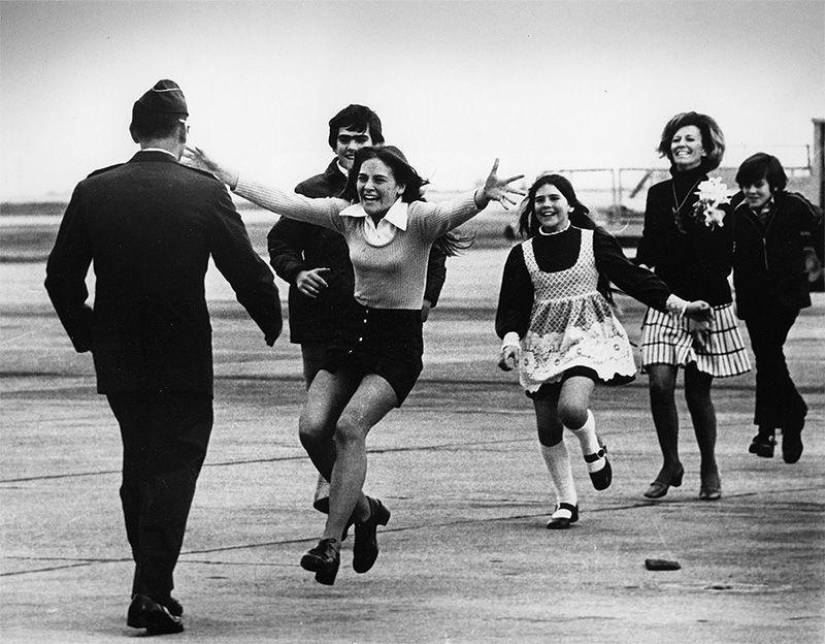

In 1973, a group of scientists at the University of Southern California were looking for a test photo with good dynamic range to study digital image compression. They chose the girl of the month from the November issue of Playboy, which was lying in the laboratory. One of the researchers, Alexander Savchuk, scanned a fragment of the poster with a resolution of 100 lines per inch. The resulting image is 512 by 512 pixels. The file was named after the model - Lenna.
Lenna gradually became the industry standard and is still used in scientific work to test and illustrate image processing algorithms (compression, noise reduction, etc.). The same image was first transmitted digitally on the ARPANET, which was the prototype of the modern Internet.
Playboy initially threatened to sue for unauthorized use of the photo, but then changed its mind, on the contrary, talking about this event in its advertising. It is worth noting that the November issue ended up becoming the best-selling in the history of the magazine. The magazine with the “first lady of the Internet” sold 7,161,561 copies.
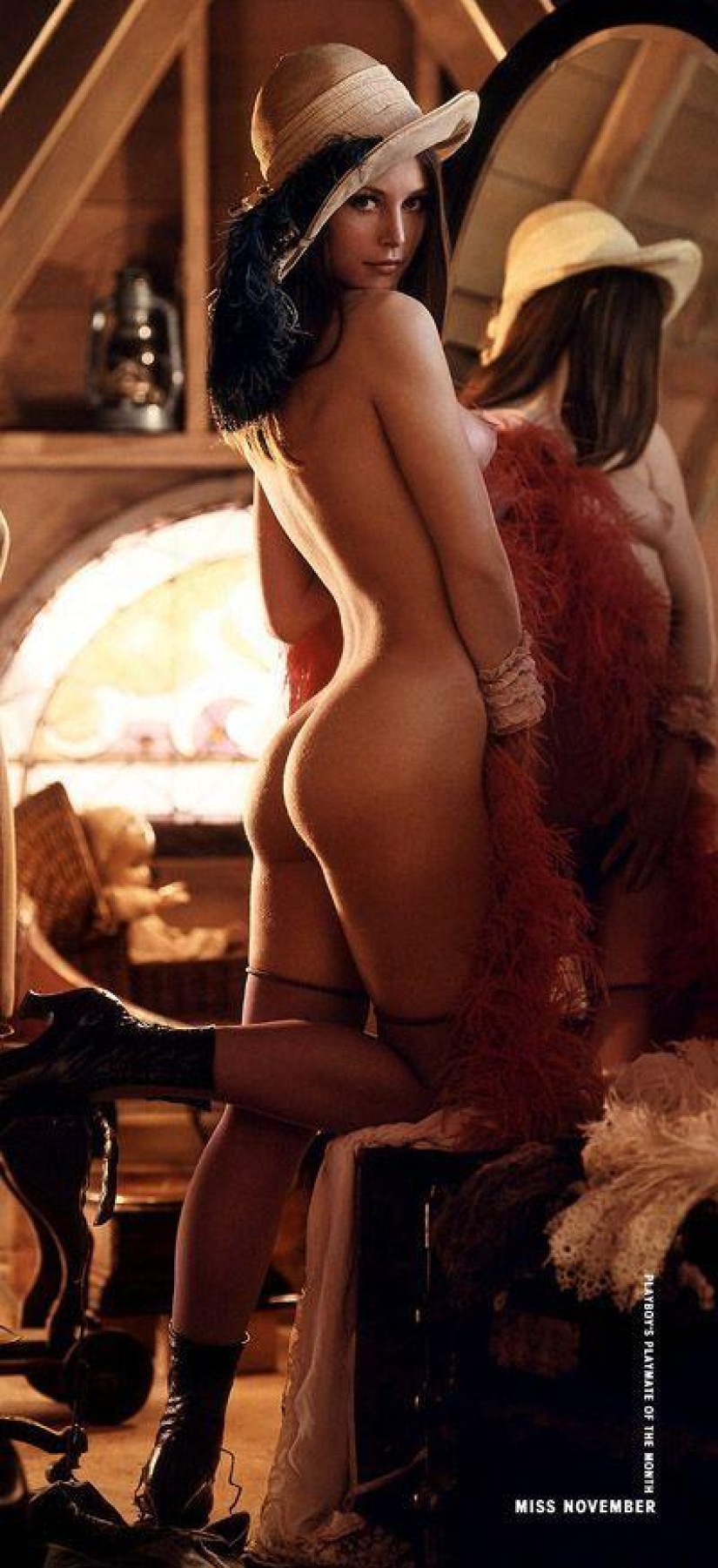

The Nuba, or “people of the hills,” are the common name for the peoples living on the border of Sudan and South Sudan in the Nuba Mountains. In 1947, photographer George Rodger and his wife, traveling through Africa on assignment for National Geographic, learned about the Nuba, who lived just like their ancestors a thousand years ago. Roger received permission from the Sudanese government to document the life of the tribe. In 1949, a pair of photographers became the first to photograph the lives and customs of these “hill people.”
Among their photographs there are many staged photographs, but the most famous are documentary photographs from sporting events, tribal ceremonies and Nuba dances. The photograph of the wrestlers published in National Geographic in 1952 is the most famous. She appeared everywhere: on postcards and in textbooks. For many years this was the portrait of Africa.
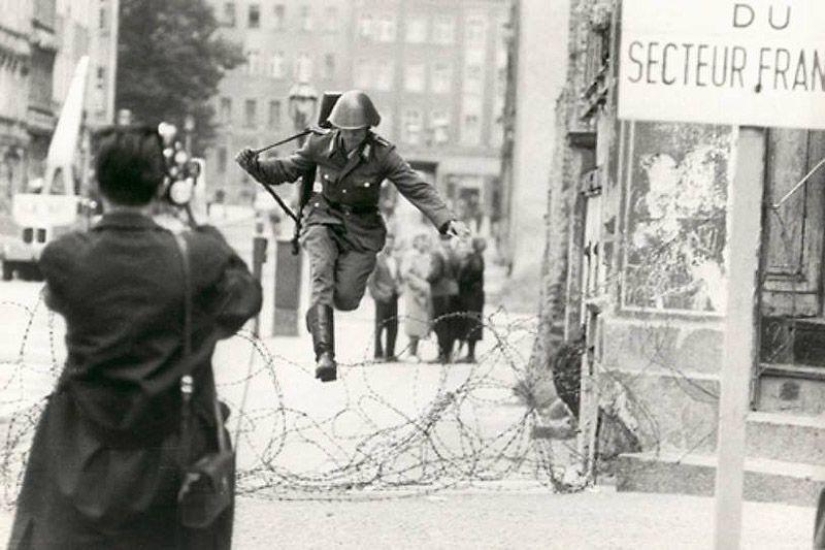
August 15, 1961. 19-year-old GDR non-commissioned officer Hans Conrad Schumann was sent to the intersection of Ruppiner Straße and Bernauer Straße to guard the construction of the Berlin Wall, which had begun two days earlier. At this stage the wall was just a barbed wire fence. Under the pretext of checking the fence, Schumann crushed the wire in one place with his foot. His actions attracted attention, and from the western side they shouted to him: “Jump over!” - and a police car arrived and stopped 10 meters away and opened the door, waiting for him.
19-year-old photographer Peter Leibing, sent to the wall from the German side, watched the nervous soldier for an hour and a half. “I didn’t take my eyes off him for over an hour. I had a feeling he was going to jump. It was a kind of instinct... I learned how to do it at the racing derby in Hamburg. You need to take a photo at the moment when the horse leaves the ground, but before it crosses the barrier... And this moment has come. I pressed the shutter button, it was over."
Leibing's photograph won the Overseas Press Club award for "Best Photograph" in 1961. Conrad Schumann settled in West Berlin. After the fall of the wall, he moved to his native Bavaria. But parents, brothers and sisters avoided Conrad, condemning his action. Tormented by depression, Hans Conrad Schumann hanged himself in the garden of his home on June 20, 1998.
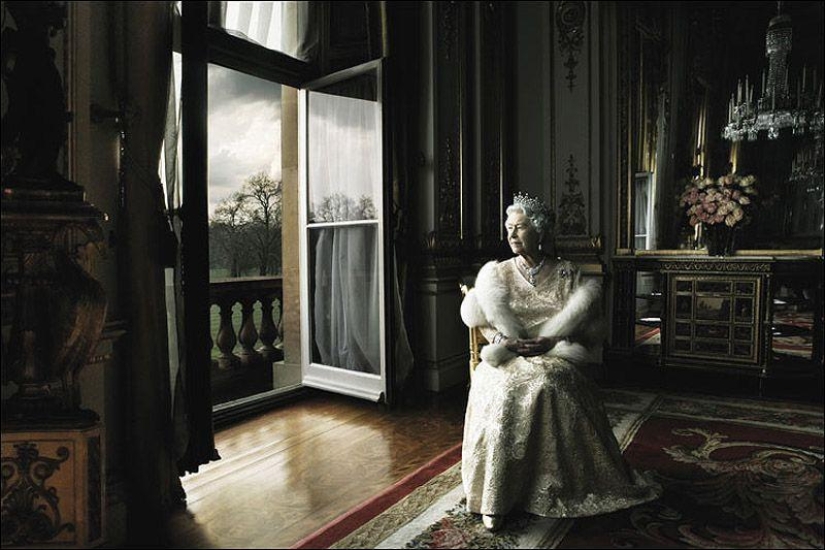
In March 2007, Annie Leibovitz, a famous American photographer specializing in celebrity portraits, took several portraits of Queen Elizabeth II of Great Britain. In the photo above, the Queen, dressed in a white and gold evening dress, fur cape and diamond tiara, sits in the White Drawing Room at Buckingham Palace. Annie Leibovitz's source of inspiration was the painting "Queen Charlotte" by Thomas Gainsborough, exhibited at the National Gallery.
Leibovitz remembers the filming this way. “She (the queen) entered the room as quickly as her heavy regalia would allow her and grumbled: “Why do I have to wear all these heavy clothes in the middle of the day?!” And I just admired her."
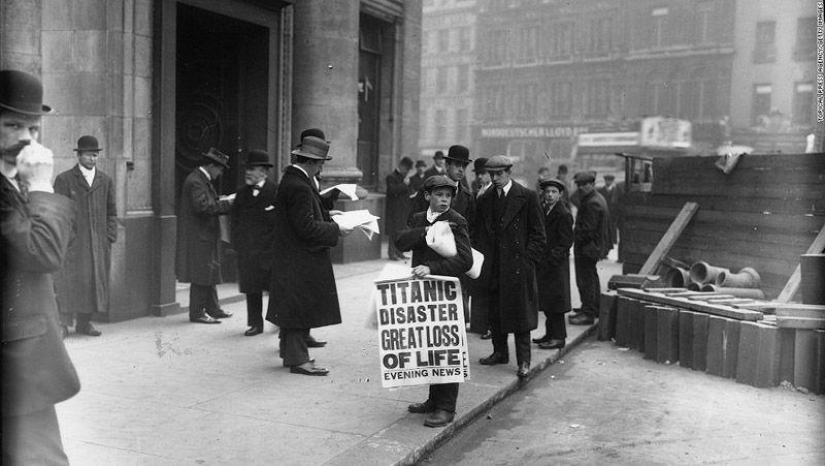
Titanic, a British steamship of the White Star Line, was laid down on March 31, 1909 at the shipyards of the Harland and Wolff shipbuilding company in Northern Ireland and launched on May 31, 1911. The ship was considered unsinkable. And when the New York Times came out with the headline “Disaster on the Titanic,” it was a sensation. Other newspapers, relying on information from the White Star Line shipbuilding company, spoke of “some problems after the collision with the iceberg.”
Ned Parfett, the 15-year-old in the photograph, sells a newspaper outside the Oceanic House, which housed the White Star Line offices.
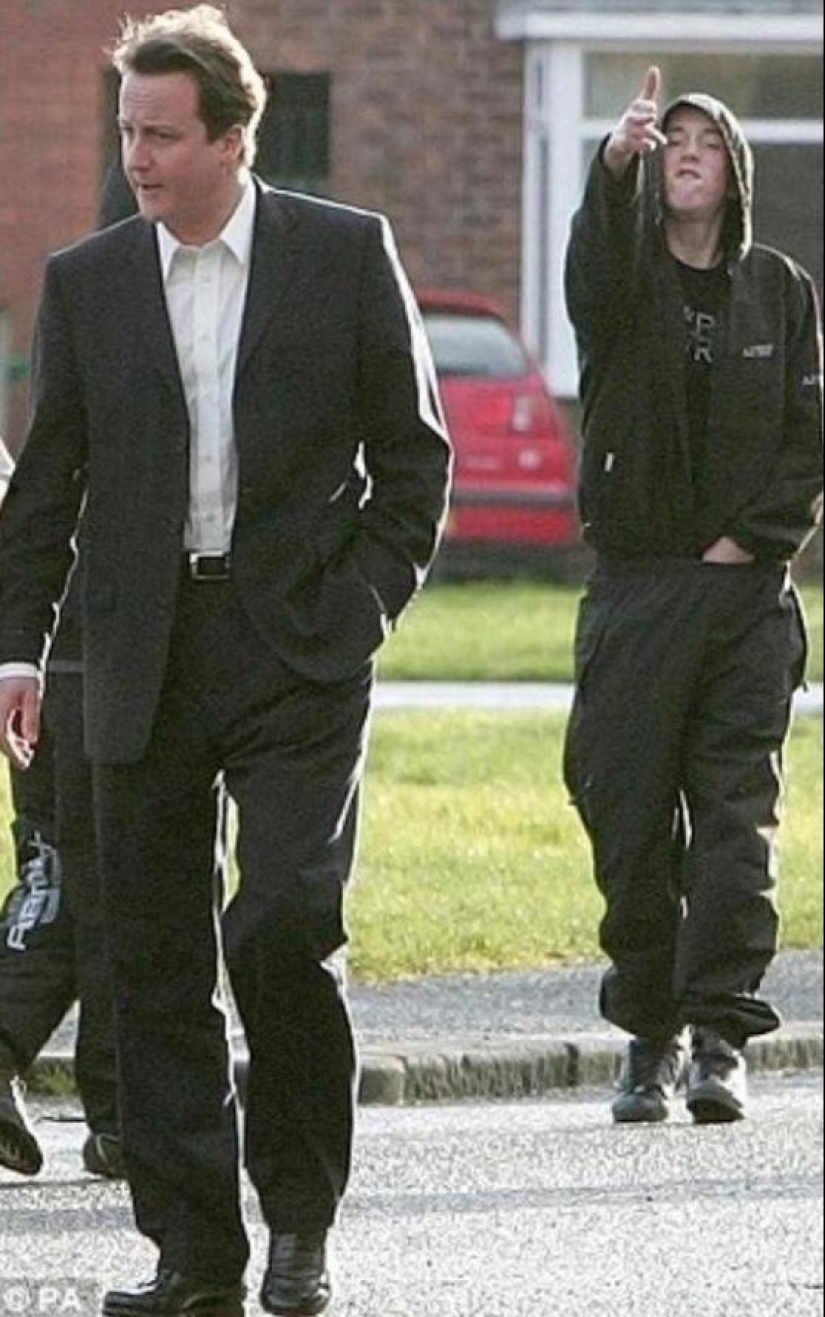
It's no secret that there are a large number of street cameras installed in the UK. Therefore, the “uniform” of young offenders became a hooded sweatshirt (hoddie), which allows them to hide their faces. In 2006–2007 it even became a political symbol.
Following the introduction of restrictions on wearing this clothing in 2006, David Cameron, leader of the Conservative Party, gave a speech at the Ian Duncan Smith Center for Social Justice and spoke about his vision of the problem.
Although David Cameron's speech did not mention hugging anywhere, this part of the future Prime Minister's campaign was called "Hug the Hoodie". In 2007, Cameron visited one of Manchester's most troubled estates. In the photo, 17-year-old Ryan Florenzi shoots the party leader to impress his friends.
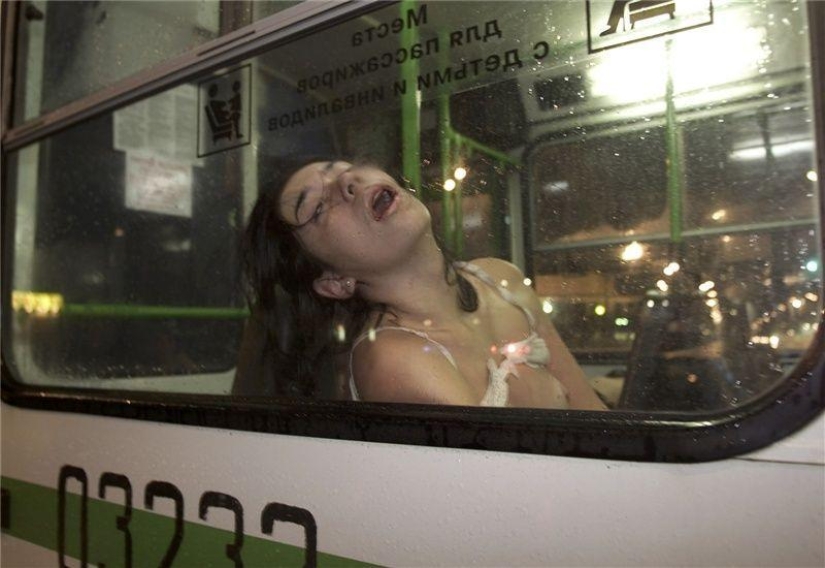
On October 23, 2002, a group of armed militants led by Movsar Barayev seized the building of the House of Culture of Moscow Bearing OJSC, where the musical “Nord-Ost” was being performed. The confrontation between the special services and terrorists lasted three days. On October 26, sleeping gas began to be pumped into the building through the ventilation. Experts believe that it was a fentanyl-based chemical warfare agent, but the exact composition of the gas remained unknown, including to the doctors who rescued the hostages.
As a result of the terrorist attack, according to official data, 130 people were killed, including 10 children. Of the dead hostages, five were shot before the assault, the rest died after liberation as a result of the poisonous effects of the gas. Although press presence at the scene was limited, Sunday Telegraph photographer Justin Sutcliffe managed to snap a photo of the freed woman unconscious on the bus immediately after the storming of the Theater Centre.
The photo won the 2003 World Press Photo Award. Sunday Telegraph journalists tried to find out the fate of the woman in the photograph. Unfortunately, it is not known how these searches ended.
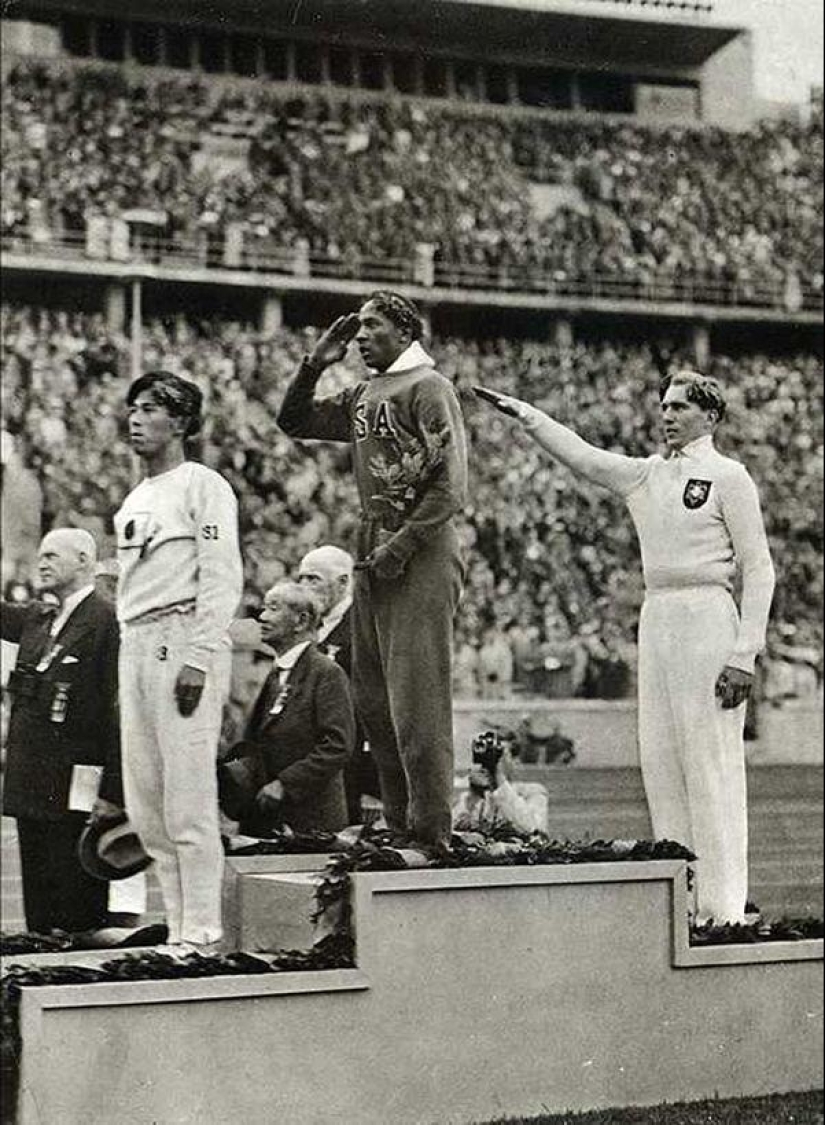
The XI Summer Olympic Games were held in Berlin from August 1 to 16, 1936. Hitler used these games as a propaganda tool. The opening of the Olympics was broadcast live on television for the first time; the Olympic competitions became the material for the creation of Leni Riefenstahl's film "Olympia". However, the Nazis could not control the results of the games. And the four gold medals of American black athlete Jesse Owens greatly challenged Hitler's theory of racial superiority.

If one photograph could capture the spirit of sexual liberation in 1970s England, it would be Martin Elliott's Tennis Girl.
The photo was taken in early September 1976. In the frame, Fiona Butler is Elliott's eighteen-year-old girlfriend at the time. The photo itself was not taken by chance; Martin Elliott asked his girlfriend, who had not previously played tennis, to change into her uniform and pose for him on the court. During filming, the model lifted her skirt to show that she was not wearing underwear. The image, quite ordinary by today's standards, caused a stir when art retailer Athena released it as part of a calendar to mark Elizabeth II's silver jubilee. As a result, the calendar sold more than two million copies.
The photo brought wealth to Martin Elliott. Fiona Butler, who did not receive any royalties from the sales of the calendar, eventually married the millionaire and said that she was not at all embarrassed by that photo shoot and did not regret not receiving money. The subject of the photograph has gone down in history and has been repeatedly used and played out by different authors.
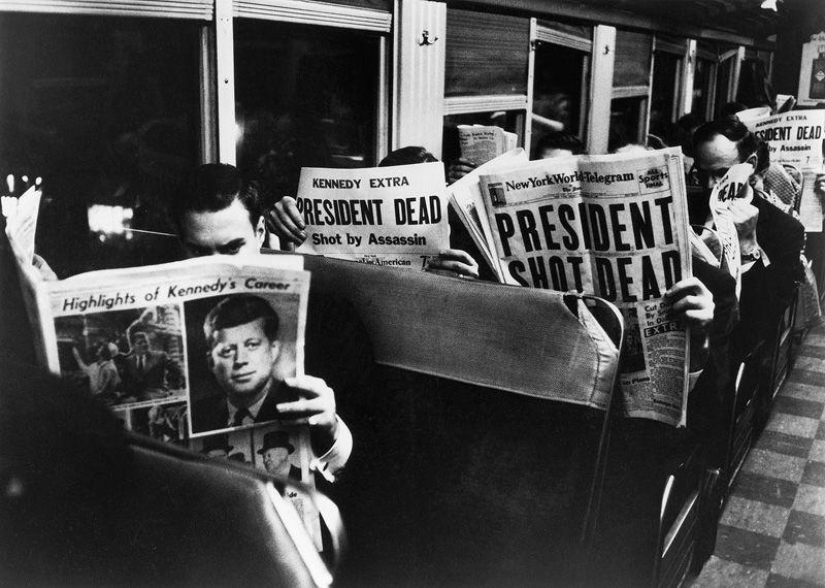
Karl Majdans worked for LIFE magazine for 36 years. He was a staff photographer throughout the period when the magazine was published weekly (from 1936 to 1972). His photographs depicted scenes of the punishment of French women who collaborated with the Nazis, the release of prisoners from the Santo Tomas camp, the Japanese surrender on board the battleship Missouri, and the earthquake in Fukui, Japan in 1948. The photo above was taken on a train to Stamford, Connecticut the day after JFK was assassinated.

On instructions from the editors of Newsweek, Arnold Newman contacted the famous industrialist Alfred Krupp. In addition to being known as a businessman, Alfred Krupp was also known as a war criminal who used slave labor to produce weapons for the Nazis.
Upon learning that Newman was Jewish, Krupp refused to shoot, but Newman insisted that Krupp at least look at his portfolio before making a final decision. After seeing the pictures, Krupp changed his mind. On July 6, 1963, the industrialist and photographer began filming at a factory in Essen, the same one where prisoners of war worked.
When Krupp first saw the portrait, he was furious. Newman announced: “I am a Jew, and this is my little revenge.”

The photograph “Explosion of Joy” by Slava Veder is a Pulitzer Prize winner. The photo was taken on March 17, 1973 at Travis Army Base and became a symbol of the end of the Vietnam War. In the footage, US Lt. Col. Robert L. Stirm meets with his family after five years of captivity in North Vietnam. An F-105 fighter-bomber, flown by a lieutenant colonel, was shot down over Hanoi on October 27, 1967, and Stirm was held prisoner until March 14, 1973.
The central place in the photo is occupied by Stirm's daughter, 15-year-old Lorrie, who welcomes her father with open arms. The rest of the family follows her. Despite the joy captured in the photo, the family was not happy. Three days before arriving in the United States, Robert Stirm received a letter from his wife informing him that their relationship was over. In 1974, the lieutenant colonel divorced.
After the photo became an award winner, all family members received copies of the photo. However, Robert Stirm never hung it in his house, as he was “unable to look at it.”
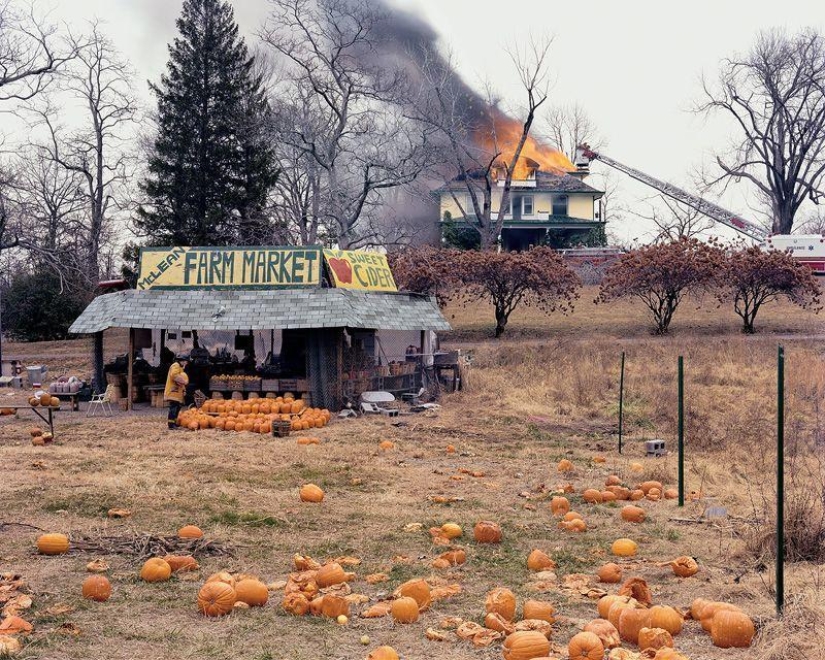
The cover of the liberal American Prospect, dedicated to roadside America, featured a devilishly strange photograph. A fireman buys a pumpkin while the farm fire that apparently brought him there burns in the background. The photo was taken by photographer Joel Sternfeld while driving his Volkswagen through the town of McLean, Virginia.
In this case, the fire was a controlled training exercise, and the firefighter was on a break at the time. However, this fact went unnoticed by the public. When the photo was published, first in LIFE, and then in many other magazines and exhibitions, the caption to the photo stated only “Joel Sternfeld. McLean, Virginia. December 1978." The photographer himself reveled in this ambiguity. In a 2004 interview with The Guardian, where the journalist called him a chronicler of "the sinister curiosity of modern America", he said:
Recent articles

Dangerous products for humans can not always be distinguished by their appearance and even taste. "Drunk" honey looks like ordinary ...

In the middle Ages cats suffered a great deal from Catholics. They were burned and tortured, thrown behind bars and into the fire, ...

Children are not toys, but some babies look a lot like their dolls. Just like twins! Which child do you think is most like their toy?